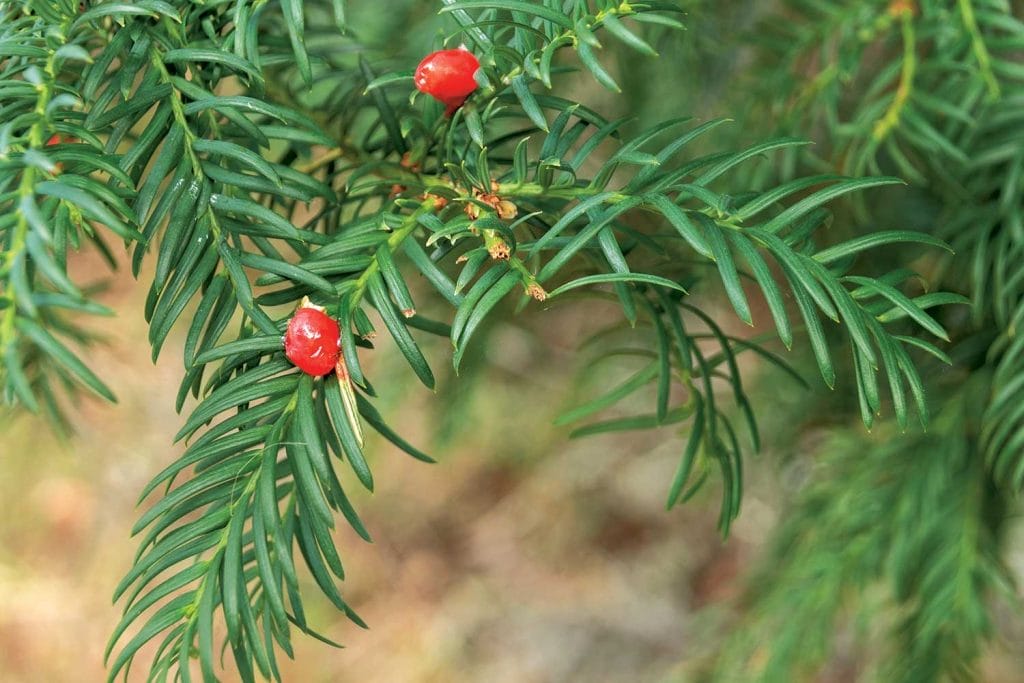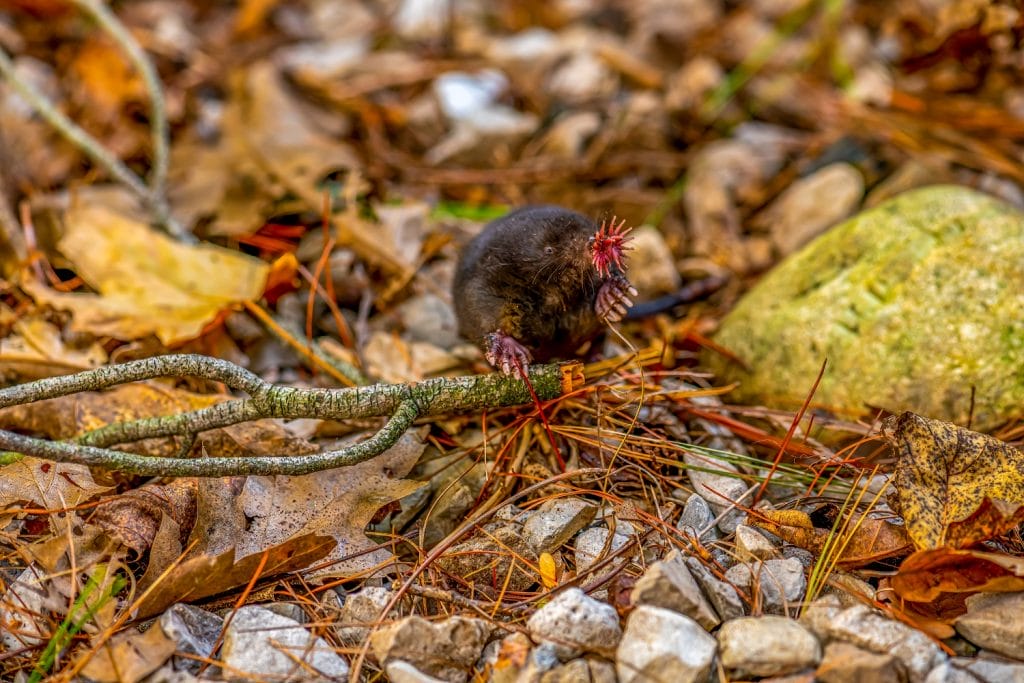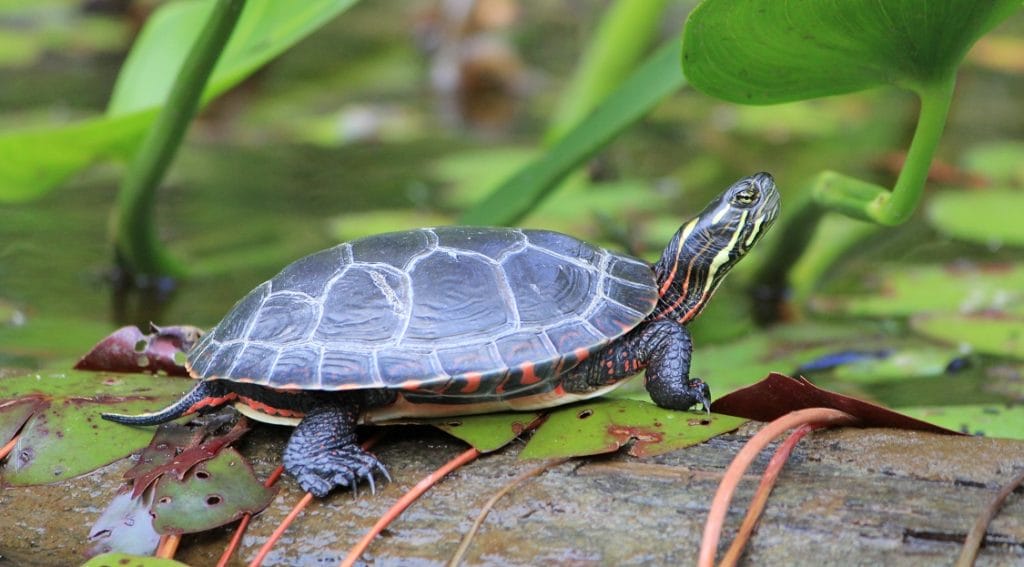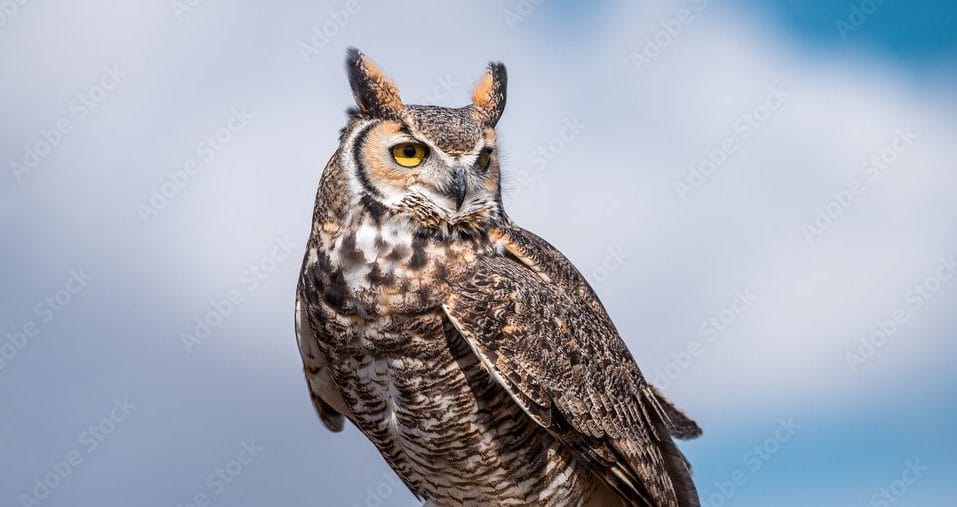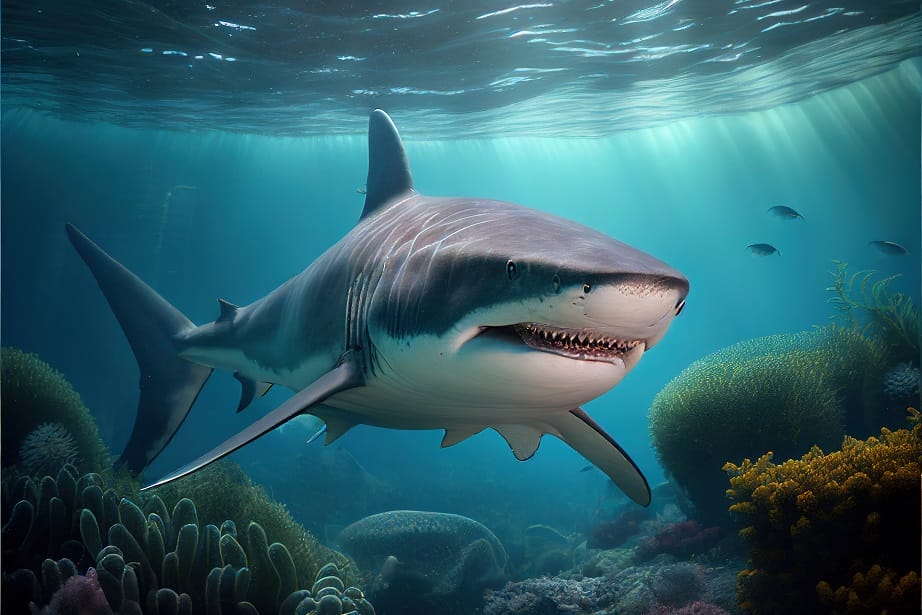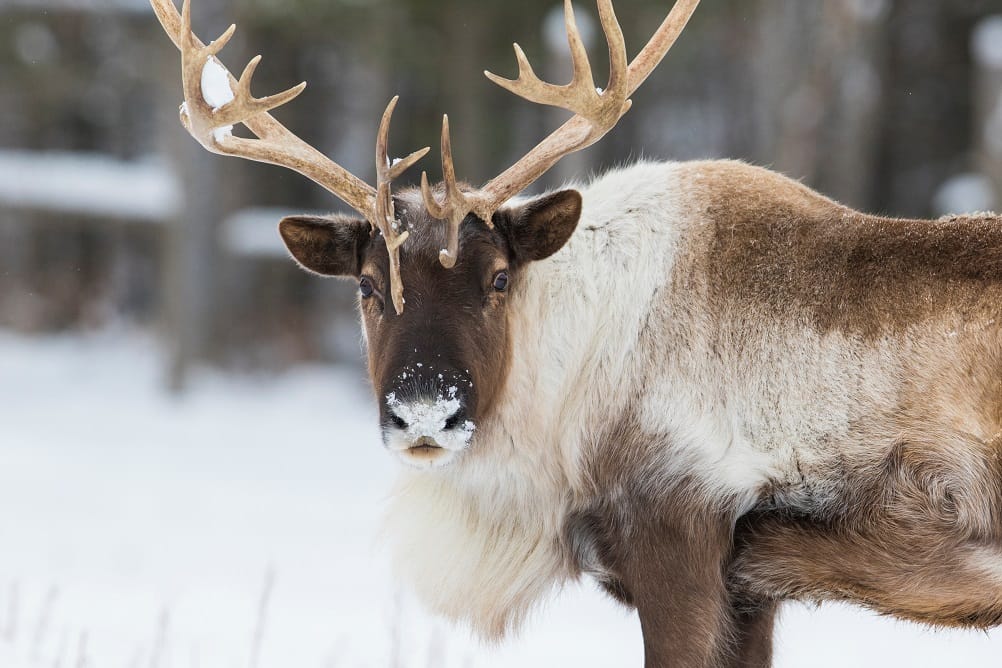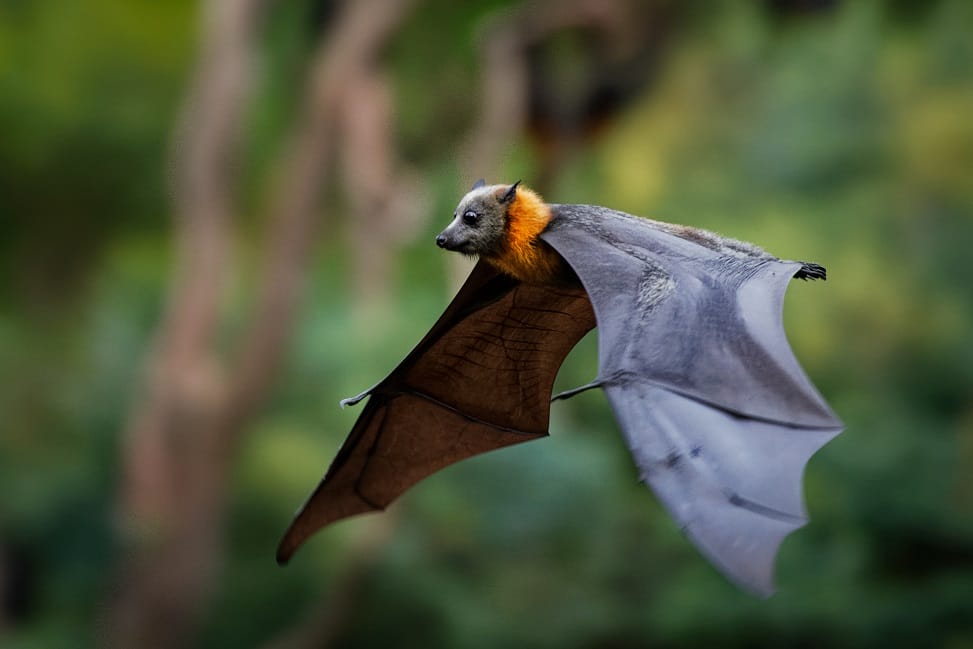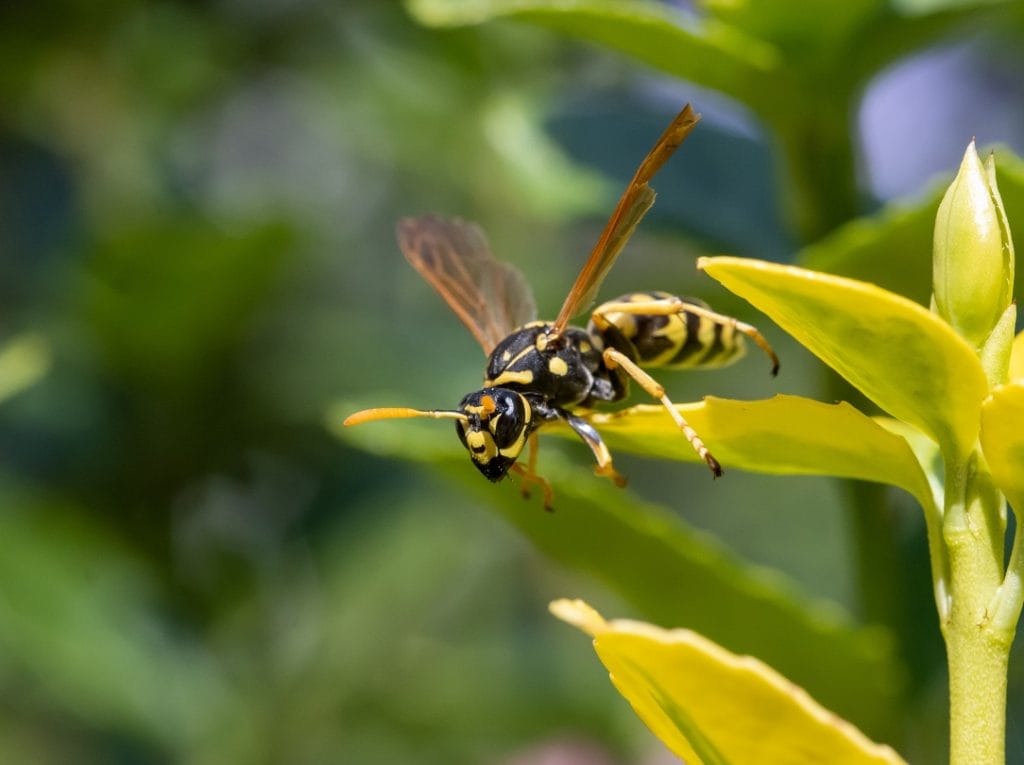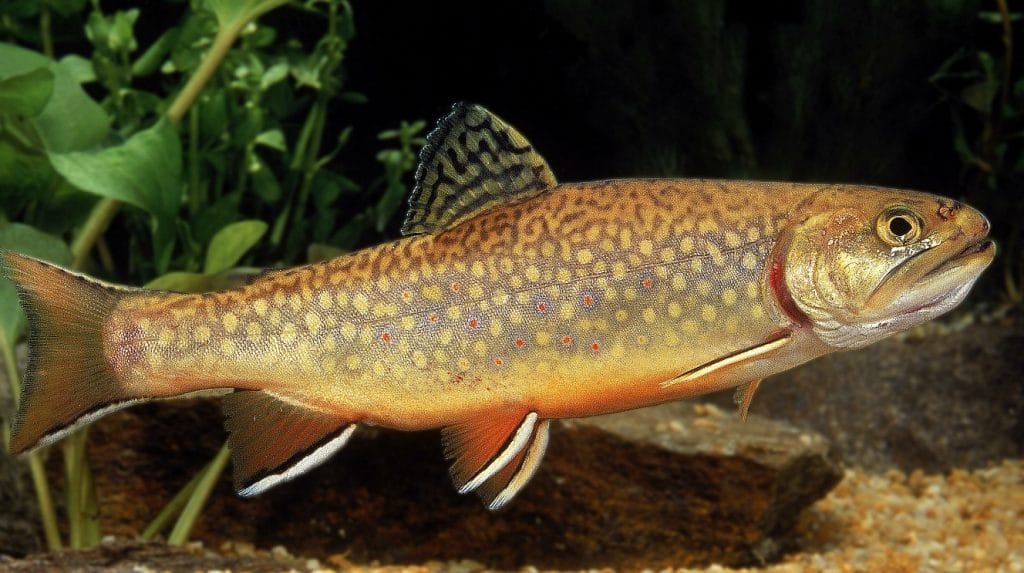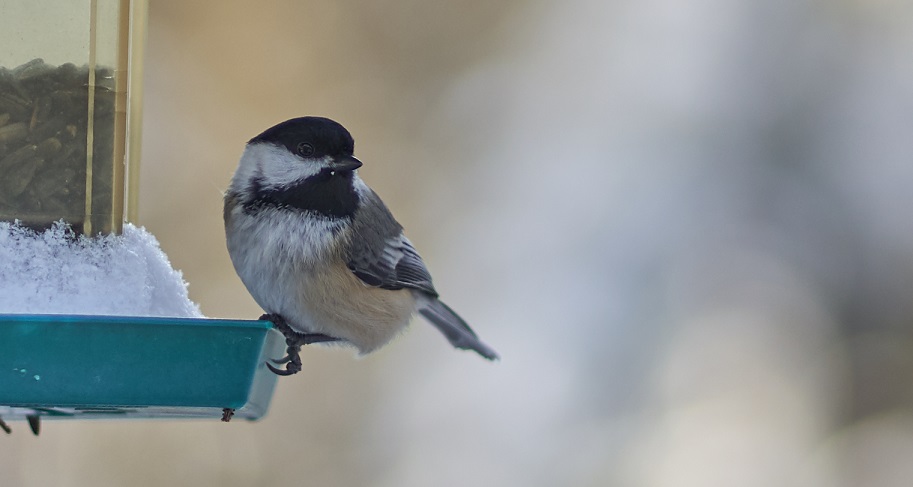The Canada yew (Taxus canadensis) is an understory shrub common in most forests of Quebec and Eastern North America. This small conifer contains a chemical compound with anti-cancerous properties. Sometimes…
Read MoreCanada yew, the shrub that saves lives
- March 14, 2024
- by Jacques Prescott
- 0
- 334
The astonishing star condylure
- October 24, 2023
- by Jacques Prescott
- 0
- 292
The star-nose condylure (Condylura cristata) is a remarkable little creature which evolved in the wetland habitats of North America. Its characteristic nasal appendage and its anatomical and behavioural adaptations allow…
Read MoreThe cold blood of amphibians and reptiles
- April 14, 2023
- by Jacques Prescott
- 0
- 648
When you touch a cat or a bird, you feel the warmth the animal gives off. If you handle a grass snake or a frog, however, you feel a coolness….
Read MoreDo owls have eyes in the back of their heads?
- March 15, 2023
- by Jacques Prescott
- 0
- 760
When you see a motionless owl looking straight behind itself, you might think that it could turn its head completely around. So…can it? No animal, including the owl, can swivel…
Read MoreAre all sharks dangerous?
- February 11, 2023
- by Jacques Prescott
- 0
- 825
The media sometimes report shark attacks on swimmers, divers or surfers. The injuries suffered by the victims are often spectacular and sometimes fatal. That feeds our fears of these predators…
Read MoreFor the future of the caribou
- January 23, 2023
- by Jacques Prescott
- 0
- 632
The caribou, featured on our 25-cent coin, is in danger. In Québec, there are three ecological species (subspecies) of this northern cervid: the barren-ground caribou (of the tundra), the woodland…
Read MoreThe bat: a happiness charm
- November 6, 2022
- by Jacques Prescott
- 0
- 712
Rest assured, bats don’t get tangled in your hair, there are no vampire bats in these northern latitudes, and while these little mammals sometimes carry the rabies virus, the risks…
Read MoreThose pesky wasps
- August 17, 2022
- by Jacques Prescott
- 0
- 719
You have good reason to be wary of the wasps and hornets whose smooth stinger can be used several times without becoming detached from the creature’s abdomen. Bees, however, are…
Read MoreBrook trout, a gem of our waters
- June 26, 2022
- by Jacques Prescott
- 0
- 842
Every good fisher recognizes a brook trout (Salvelinus fortinalis), also known as the eastern speckled trout. This sport fish is the most widely distributed geographically in Quebec and probably the…
Read MoreThe friendly blackcapped chickadee
- February 23, 2022
- by Jacques Prescott
- 0
- 583
The black-capped chickadee is tiny, but its liveliness, resiliency and sociability are impressive. It can be identified by its black cap and bib, white cheeks and, in particular, by its…
Read MorePage 1 of 1
